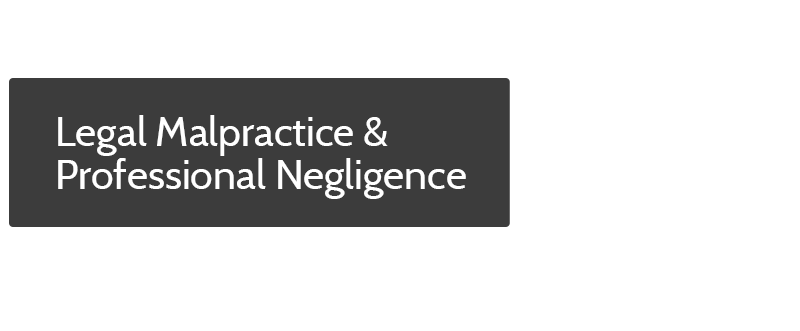Statutes of Limitations on Malicious Prosecution Actions
What is a Statute of Limitations?
A “statute of limitations” is a law (a “statute”) describing the length of time a plaintiff has to bring a lawsuit or claim. After the end of the period named in the statute, the plaintiff’s claim is “barred” and normally the plaintiff loses the right to sue and recover damages on that claim. While exceptions exist, normally plaintiffs must bring a claim–or lose it–within the relevant statutory period.*
California establishes different “limitations periods” for different types of legal claims. The period within which plaintiffs must bring these claims can vary, based on the applicable statute(s).
*This is why lawyers’ articles, blogs, and legal websites frequently contain a statement warning people not to delay in consulting a lawyer. Waiting too long may cause the statute of limitations to run, and after that happens the plaintiff may lose the right to recover, even if (s)he had an otherwise legitimate claim.
What is the Statute of Limitations on Malicious Prosecution Actions?
California courts generally apply a two-year statute of limitations to malicious prosecution actions; however, claims against attorneys may be governed by the shorter one-year statute of limitations on legal malpractice claims. If a malicious prosecution action includes claims against an attorney, plaintiffs should consult experienced counsel to ensure they comply with the statute applicable to the specific claims at issue.
The statute of limitations begins to run when the underlying action–the one that gave rise to the claim of malicious prosecution–is finally ended or terminated. Normally, this occurs upon entry of judgment. The statute is “tolled,” and stops running, if a notice of appeal is filed, and does not run during the appeal process, but starts automatically when the appeal is abandoned or resolved.
“Tolling” can be difficult for non-lawyers to calculate, so if you believe you have a claim for malicious prosecution, consult an experienced lawyer immediately. Don’t attempt to calculate on your own how much time you may have to file your claim. Missing the statute of limitations can be costly, and can harm or eliminate your chances to recover on your legal rights.
***
Disclaimer: THIS ARTICLE IS FOR INFORMATIONAL PURPOSES ONLY, AND DOES NOT CONSTITUTE LEGAL ADVICE. Your rights and experiences may vary. Never use an article like this one to evaluate your legal claims. Speak with an experienced lawyer promptly to obtain a personalized evaluation of your claims, possible damages, and options. You may lose or compromise your rights if you delay in consulting legal counsel. Legal claims against lawyers or other third parties are a complicated topic. If you believe you have a claim against an attorney who failed to provide you with competent representation, consult an experienced malpractice lawyer immediately for an evaluation of your possible rights and claims.














